Afghanistan is a landlocked country located in South and Central Asia, sharing a border with Iran, Pakistan, Tajikistan, Uzbekistan, Turkmenistan, and China. Its population of over forty-one million includes a diversity of ethnic, linguistic, and tribal groups. Afghanistan’s official languages are Pashto and Dari.
Afghanistan experienced long periods of conflict, including conquests by Alexander the Great, Genghis Khan, and the British before it became an independent nation in 1919. Afghanistan joined the United Nations in 1946. In 1978, the Afghan president was assassinated during a coup backed by the Soviet Union. The Afghan Communist Party assumed control of the country, prompting a civil war with the Mujahadeen, a group of radical Islamic miltants. The Soviets occupied Afghanistan in 1979 and withdrew ten years later. Internal conflict between rival factions continued until the Taliban came to power in 1996 and established the Islamic Emirate of Afghanistan. Members of Al-Qaeda, a terrorist organization, found safe haven in Afghanistan under the Taliban regime.
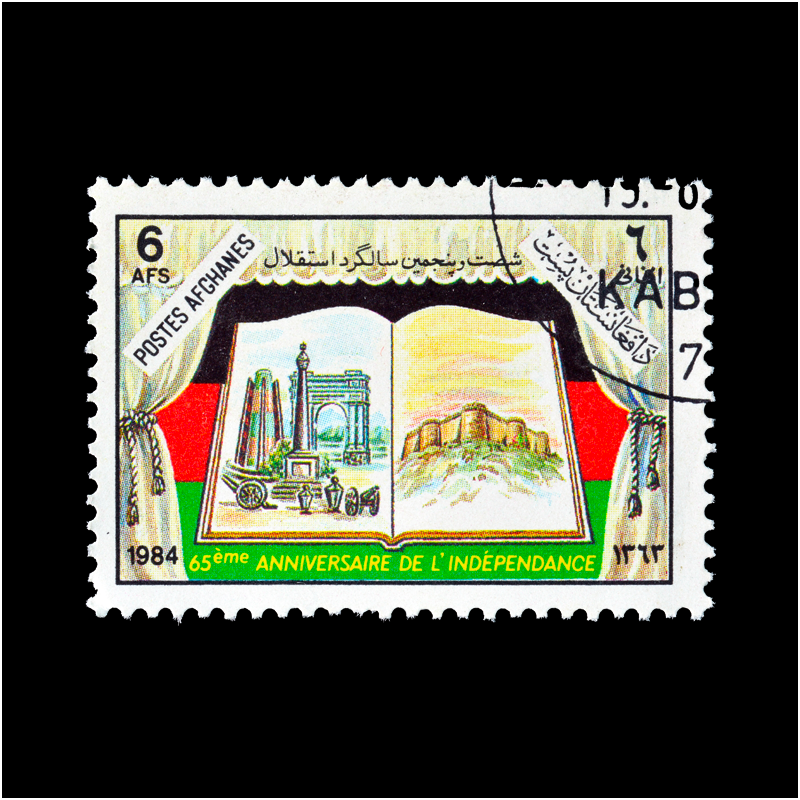
In retaliation for Al-Qaeda’s September 11, 2001 attacks on the United States, a US-led coalition invaded Afghanistan in October 2001, driving Al-Qaeda forces from the country and the Taliban from leadership. NATO allies, led by the United States, established a multinational military mission and collaborated on efforts to stabilize the post-Taliban government, train its military, and support public services including education. With this assistance, a new, democratically elected government emerged. However, the government struggled with corruption and ongoing Taliban resistance. After NATO withdrew 2021, the Taliban immediately returned to power and dissolved the formal justice system.
This country profile has two sections: Part One describes the Afghan legal system created between 2001 and 2021; Part Two provides information about the current legal regime. There are Islamic legal terms mentioned throughout this piece; more information on Islamic law can be found on Judiciaries Worldwide.
Part One: 2001 - 2021
Through most of the 20th century, even during the Communist-led period from 1978 until 1992, the government of Afghanistan recognized customary, Islamic, and national law. The state’s court system, public legal institutions, and many customary law practices were disbanded when the Taliban seized control of the country in 1996 and imposed a strict interpretation of shariah law.
After the retreat of the Taliban in 2001, Afghanistan’s justice sector underwent sweeping reforms. An emergency Loya Jirga, a grand assembly of elders and notable people from across the country, was convened to form a new government. In January 2004, the Afghan Constitution entered into force establishing a mixed legal system of civil law, customary law, and Islamic law. The new legal order offered protections to the rights of women and attempted to address the historic tensions between different tribes, clans, and ethnicities.
A formal justice sector was created with new legal codes and a three-tier court system. This operated in parallel with the informal justice sector based on traditional practices and decrees issued by Shura/Jirga councils – elders who assemble to resolve local disputes. The formal justice system incorporated Islamic and customary law. However, the majority of Afghans, especially those in rural and tribal regions, continued to bring disputes to the informal justice sector. In regions still controlled by the Taliban, a parallel justice system operated based on strict interpretation of shariah law.
Court System
The Afghan judiciary included a supreme court in the Afghan capital of Kabul, one appellate court in each of the 34 provinces, one primary court in each district, military courts, and specialized courts with jurisdiction over cases involving anti-corruption, juvenile justice, violence against women, usurpation of government land, and narcotics. To facilitate coordination and administrative matters, the supreme court divided the provincial courts into eight judicial zones or districts. Each district was led by a rotating team of one justice and two advisory judges; members of this team changed every six months, with the district’s appellate chief judge remaining in place as deputy.
Court proceedings were open to the public unless the judge made a finding that this would be against the interests of parties, public order, or public etiquette. Court judgments were announced publicly and included the legal basis for the decision and the reasoning process.
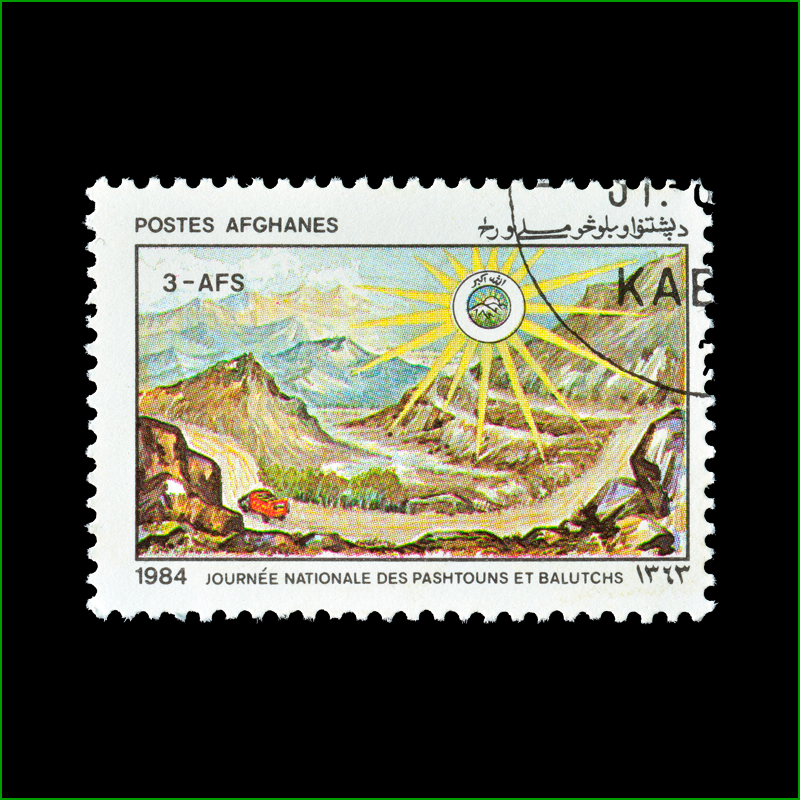
Supreme Court
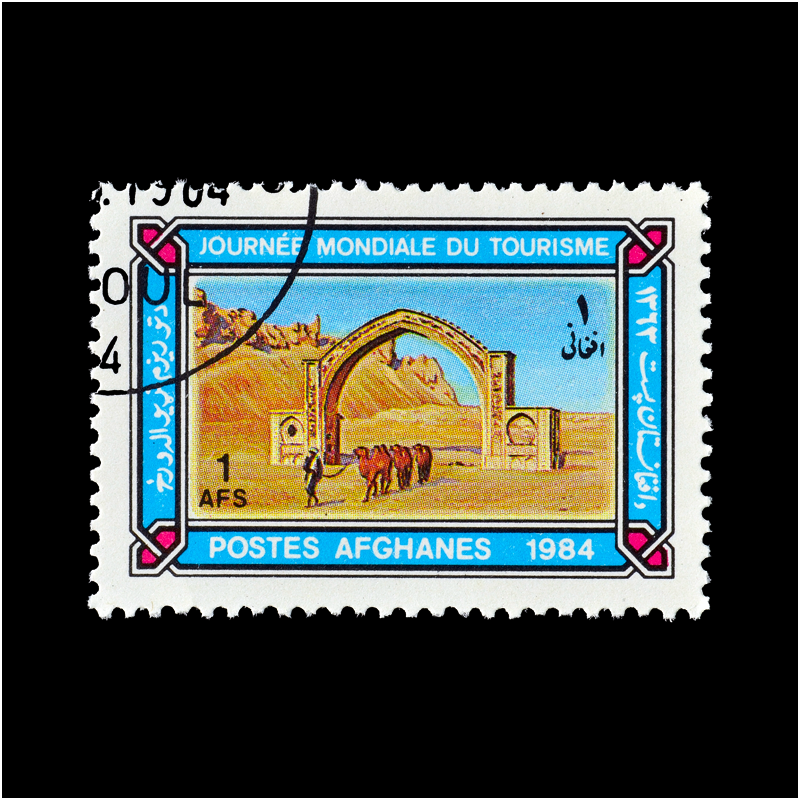
The 2004 Afghan constitution stated, “The Supreme Court shall be the highest judicial organ, heading the judicial power of the Islamic Republic of Afghanistan.” The court’s nine justices, including the chief justice, were appointed by the president with the approval of the Parliament’s House of Representatives (Wolesi Jirga), initially to single terms of four, seven and ten years. Justices appointed at the end of these terms were given a non-renewable ten-year term. Justices were assisted by advisory judges who were experienced judges from the lower courts.
The Court heard cases in eight specialized dewans (divisions): criminal, civil, commercial, public rights and personal affairs, and four specialized criminal divisions (internal/external security, corruption and narcotics, violence against women and juvenile justice, military).
High Council of the Supreme Court
The High Council of the Supreme Court had both legal and administrative duties. These included resolving jurisdictional conflicts, ruling on extradition and repatriation petitions, approving court-related regulations, procedures, and guidelines, and recommending the appointment of new judges. The Council also was responsible for overseeing judicial discipline, including suspension and termination, as well as reviewing the judiciary’s budget and annual financial and statistical reports.

Judicial Review
The 2004 constitution vested the Supreme Court with the power of judicial review. Upon the request of the Afghan government or a court, the Court’s High Council would both rule on the constitutionality and offer an interpretation of legislation, decrees, international covenants, and conventions. Pending court proceedings were to be paused until a High Council ruling was issued. The Council had authority to block the implementation of laws deemed in conflict with Afghan constitution.
However, the constitution also empowered parliament to establish the Independent Commission for Overseeing the Implementation of the Constitution (ICOIC). Over the objection of the Supreme Court, parliament accorded the ICOIC authority to interpret the constitution. The power struggle between the court and ICOIC led to confusion about the court’s authority and its independence.
General Administrative Department
The Supreme Court’s General Administrative Department was responsible for administrative and financial affairs: overseeing court administrative personnel, developing the judiciary’s budget, planning, correspondence, human resources, and financial oversight. Its work was supervised by the High Council.

Directorate of Scrutiny and Studies and Directorate of Verdict, Vice, and Virtue
This office of the Supreme Court’s General Directorate was tasked with assisting lower courts when there were ambiguities in Afghan law. If a lower court was not able to ascertain the appropriate legal provision or found the law unclear, it could issue a request to the Supreme Court for clarification. The Court’s Directorate of Scrutiny and Studies was responsible for analysis of the legal question. Its assessment would be sent to the Court’s High Council for approval. However, if the Directorate was not able to resolve the legal issue, the query was sent to the Directorate of Verdict, Vice, and Virtue to issue a fatwa (Islamic legal opinion). Once confirmed by the High Council, this final resolution would be circulated to all Afghan courts.
Appellate Courts
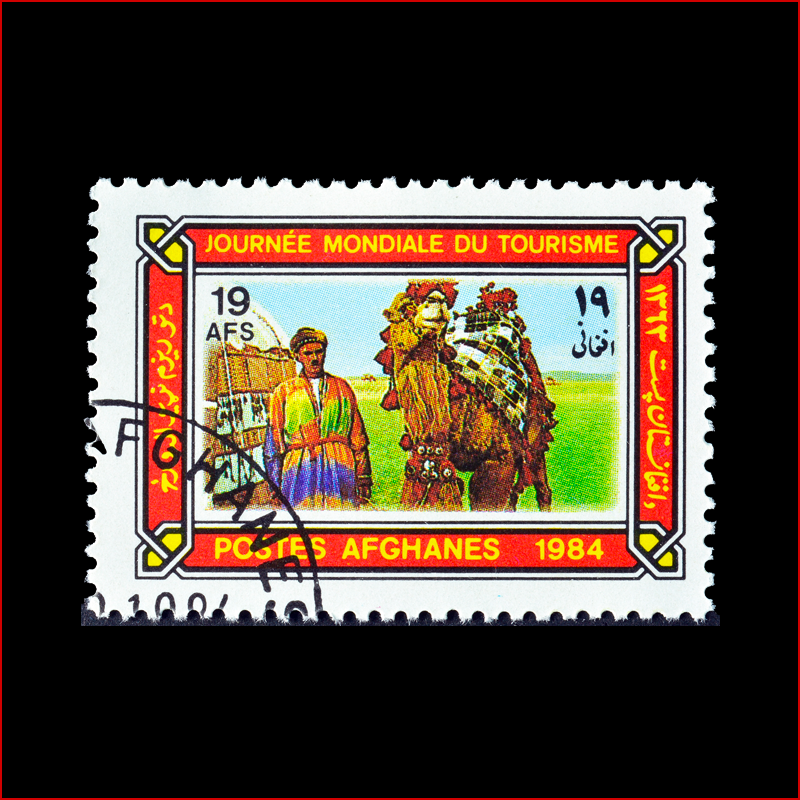
Afghanistan’s thirty-four appellate courts had five divisions: criminal, public security, civil and personal matters, commercial, and public rights (disputes involving the government). There was also a separate department staffed by judges to address deeds and document registration. Appellate court judges heard cases in panels of three.
Litigants dissatisfied with an appellate court judgment could seek further review of their case by submitting a formal request to the Supreme Court. This process, Farjaam Khuwahee, was administered by one of the Court’s dewans. A third appeal could be taken by presenting a new petition to the Attorney General's Office (AGO), a process called Tajdeed Nazar. If the AGO found the grounds for appeal valid, it would forward the petition to the Supreme Court within thirty days for review by the High Council.
Primary Courts
Each province had first instance courts, including a city court, juvenile court, commercial court, family matters court, and general jurisdiction district courts. The city court system had five divisions: criminal, civil, public rights, public security, and traffic crimes. Most cases in the primary courts were adjudicated by a panel of three judges, though some cases could be heard by a panel of two judges or a single judge.
Military Courts
Military courts were established with jurisdiction over crimes committed by members of the armed forces, police, national security, army officials, and other officials employed by the military sector. There was a primary military court in every province and a central appellate military court in Kabul. Decisions by the military courts were appealed to the designated supreme court dewan.
Specialized Courts
The constitution of Afghanistan established separate specialized courts to adjudicate allegations of criminal conduct committed by the president, cabinet members, and supreme court justices, including crimes against humanity and treason. A subsequently enacted law created a similar specialized court to hear allegations against cabinet ministers and supreme court justices.
Judicial Tenure and Selection
Judicial candidates for all the lower courts were reviewed by the High Council of the Supreme Court and a list of acceptable nominees was sent to the president for approval. Judges had to be citizens of Afghanistan for at least 10 years, over the age of 22, with no criminal convictions, and possess a graduate or higher degrees in law, shariah, or equivalent religious or secular education. Candidates were required to complete special judicial training. The judiciary’s general directorate supervised judicial transfers, re-appointment, and other administrative matters. Judges served in office until they reached the age of 65 or served in the judiciary for forty years.
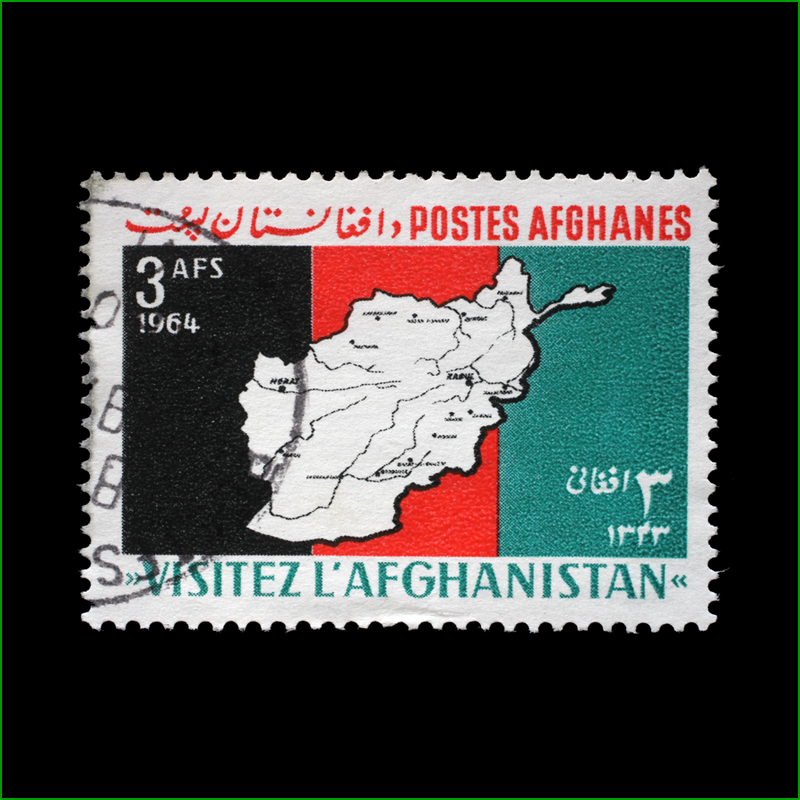
Customary Law
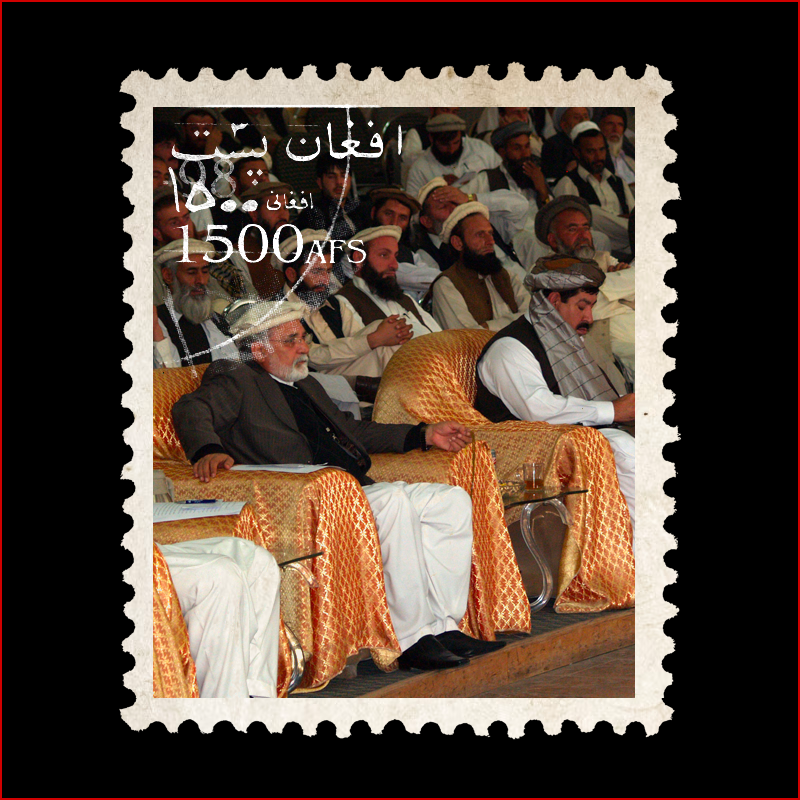
Customary law (Urf) plays a significant role in Afghan culture, and it is recognized by Islamic law. Although not invoked as a source of law in the Afghan Constitution, customary law was formally incorporated into the country’s civil and commercial codes. Afghan courts had the authority to invoke customary law principles when a solution to an issue could not be found in the code. Customary law is practiced throughout rural and tribal Afghanistan; before the return of the Taliban in 2022, customary law also predominated in unsettled regions that lacked formal justice sector institutions.
Customary law is grounded on the principles of community resolution of disputes, shared norms, and consensus. The dispute resolution process under Afghan customary law favors compensation and reconciliation over punitive sanction and relies upon the judgment of community elders.
An assembly of informally elected male elders, a jirga, can be convened to address disputes that could not be resolved by the family or clan. A large percentage of these cases involve questions of land ownership and inheritance, but a jirga may be called upon to consider socially unacceptable or criminal behavior. The jirga may consult with an Islamic law leader on discrete questions involving marriage, divorce, and inheritance. Another customary law mechanism in Afghanistan, the shura, is an organized body of tribal leaders and representatives that assembles to address issues of importance to the community, such as the distribution of water rights or the building of a school.
Part Two: 2021 - Present
In August 2021, the Afghan government collapsed under the strain of persistent corruption, civil unrest, violence, and the withdrawal of foreign military forces. The Taliban returned to power.
The Taliban dissolved the constitution and all legislation enacted by the former government but retained the existing judicial structure, with modifications.
Afghanistan’s judiciary now has a supreme court, appellate courts, military courts, and primary courts. Supreme Court justices are appointed by the Taliban’s supreme leader. Justices must be at least 40 years old and have professional experience as well as knowledge of shariah and Afghan law.
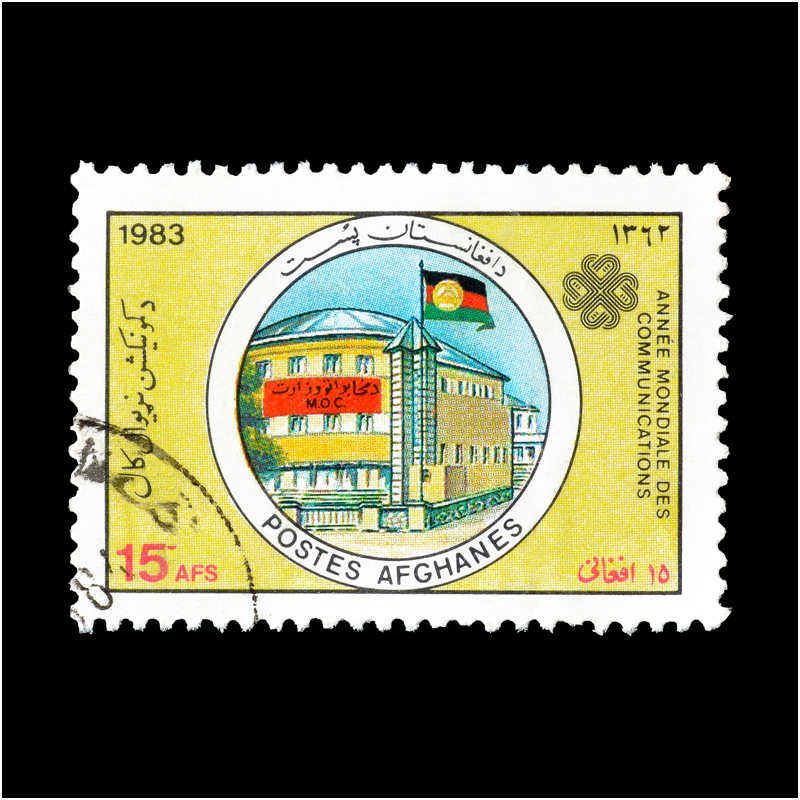
Judges are either Taliban members or have strong ties to the Taliban. Reports indicate that all of the judges in the new regime, whether advisory or clerk judges, are Muftis, an Islamic legal authority who provides a fatwa in response to an inquiry by a private individual, Afghan judge, or jurist. The Taliban did not create a structure of investigative or trial level prosecutors. Judges and court staff are responsible for criminal investigations and other tasks previously carried out by prosecutors. The new system also mandates that parties in civil disputes and the accused in criminal cases assume responsibility for their representation. They may consult with private attorneys, who are compensated according to a fee schedule. However attorneys are not permitted to participate in most court proceedings.
Appellate and Primary Courts
There remain thirty-four appellate courts in Afghanistan, each with one director judge, two advisor judges, one clerk judge, and administrative personnel. Each province also has a city court that is similarly staffed. There are primary courts in each district with one director judge, one adviser judge, and one clerk judge. All of these positions are registered with the supreme court.
Judicial Administration
- There are four offices responsible for administering the courts.
- The Central Judicial Deputy Office has five divisions, each with a judge-director, two advisor judges, and one judge who serves as clerk.
- The Kandahar Judicial Deputy Office covers ten provinces.
- The Administrative Deputy Office has five divisions, including human resources, administration and finance, foreign relations, policy, and guidance.
- The Military Judicial Deputy Office includes eight military courts that are located throughout the country, with first instance and appellate courts. Each military court has one director judge, two-three advisor judges, two-three clerk judges, and administrative personnel.
